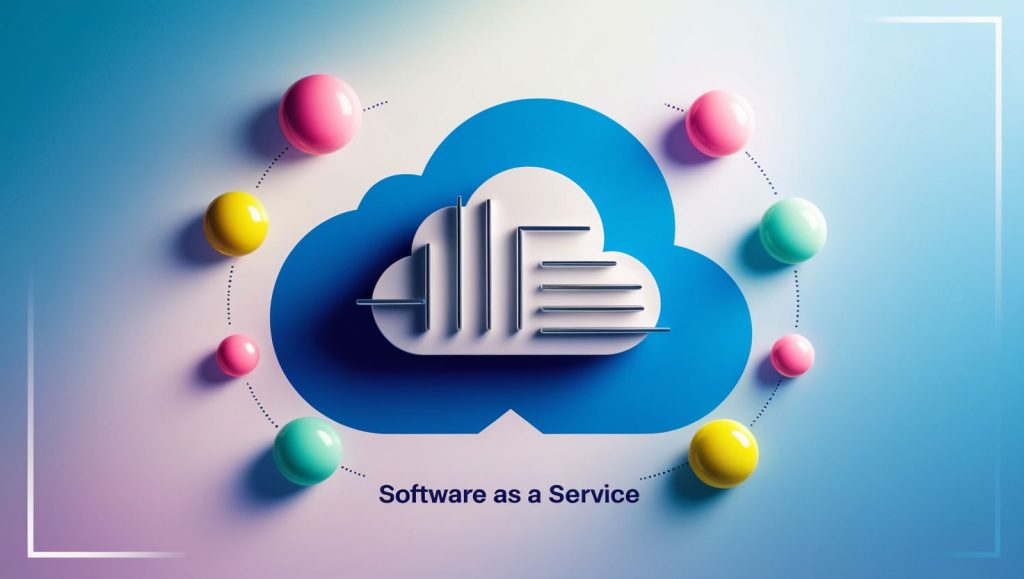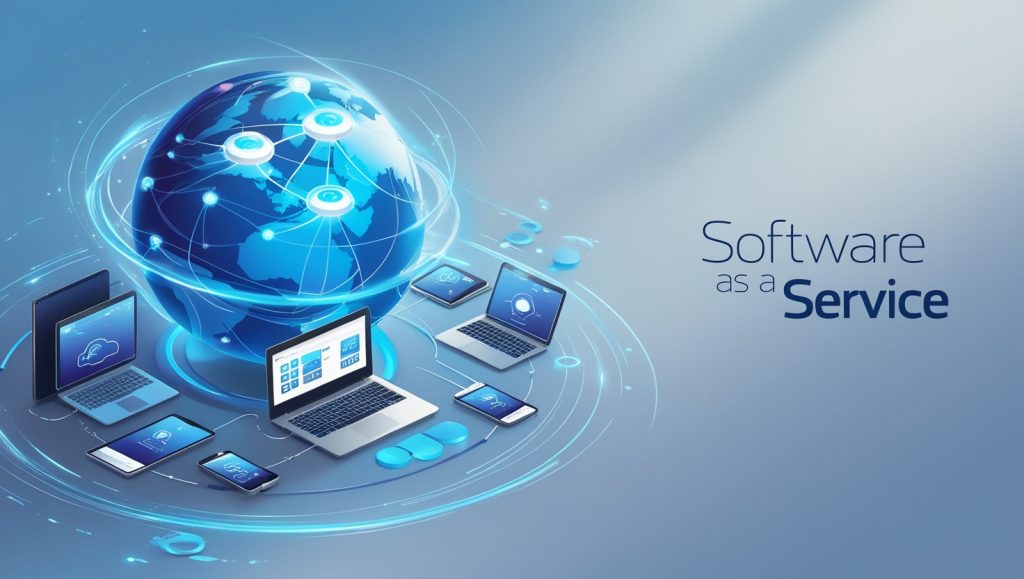The Software as a Service (SaaS) concept is a potent means of converting creative ideas into successful business endeavors in today’s technologically advanced world. By creating software tailored to the needs of enterprises or customers and made available as a subscription-based service, firms may ensure consistent income generation while providing ongoing value. Let’s examine how the SaaS model produces profitable chances for expansion and success in addition to problem-solving.

The SaaS Model: A Brief Overview
Software as a Service (SaaS) refers to providing software applications via the Internet so that customers do not have to install or update the software locally on their devices. As an alternative, customers pay a recurrent subscription cost that usually covers upgrades, upkeep, and customer support in exchange for using the product via a web browser.
Turning Problems into Profits
The first step in creating a SaaS solution is figuring out what particular issue customers or enterprises are facing. Once this problem has been identified, you can develop a software solution that will successfully handle it. This procedure can result in the following noteworthy revenue opportunities:
1. Solving Real Problems
Well-crafted SaaS solutions provide insightful answers to real-world problems. For instance, a customer relationship management (CRM) system like Salesforce or a project management tool like Asana streamline difficult processes and increase productivity. By resolving these issues, your SaaS product elevates to the status of a necessary tool for users, boosting its perceived worth and validating the membership fee.
2. Subscription Revenue Model
Compared to one-time software sales, the subscription model provides a consistent and frequently more predictable cash stream. To access the program, users must pay a recurring subscription, typically once a month or once a year. This strategy gives the company financial stability and permits continuous investments in the advancement and development of products.
3. Continuous Value Delivery
Unlike traditional software sales, where updates and support might be limited, SaaS products are built to evolve. Regular updates, new features, and improvements keep the software relevant and useful. This continuous value delivery ensures that subscribers remain satisfied and are more likely to renew their subscriptions, leading to sustained revenue.

Keys to SaaS Success and Profitability
To maximize earnings from a SaaS business, consider the following strategies:
1. Focus on User Needs
To comprehend the precise requirements and pain points of your target customer, conduct in-depth market research. Create a product that successfully tackles these problems and offers observable, quantifiable advantages.
2. Develop a Scalable Solution
Create software that can increase with the number of users. A scalable solution ensures that your organization may expand with its clientele by supporting growing user counts without sacrificing performance.
3. Offer Flexible Pricing Plans
Create tiers of pricing to accommodate varying user requirements and financial constraints. By providing a variety of options, you may enable consumers to select the one that best suits their needs and enhance the likelihood that premium plans will generate more income.
4. Provide Exceptional Customer Support
Make a significant investment in customer service to help consumers with any problems they may have. In addition to increasing customer satisfaction, a robust support system also increases retention and lowers churn rates.
5. Continuously Innovate
Update your software frequently to add new features and improvements, and stay one step ahead of your competitors. Maintaining the value and competitiveness of your product is dependent upon keeping up with market changes and taking consumer feedback into account.
Examples of SaaS Success
Several SaaS companies have achieved remarkable success by addressing specific problems and leveraging the subscription model. For instance:
- Slack: By offering a centralized platform for chat, file sharing, and collaboration, Slack completely changed team communication. Due to its strong growth spurred by its subscription model, it is becoming a vital tool for enterprises all over the world.
- Zoom: By providing a dependable and user-friendly video conferencing service, Zoom helped become a household name during the COVID-19 pandemic. Its success and broad adoption can be attributed to its perpetual feature updates and flexible pricing.
Conclusion
The Software as a Service (SaaS) model presents a strong chance to turn creative software ideas into successful businesses. You may generate a consistent income stream and provide your users with ongoing value by creating a product that targets particular problems and making it available as a subscription service. You can realize the full potential of Software as a Service (SaaS) and transform your ideas into a lucrative business by concentrating on finding practical solutions, scaling your business efficiently, and constantly improving your product.